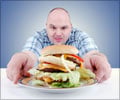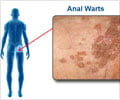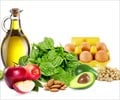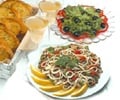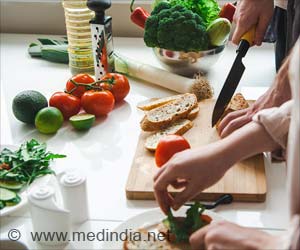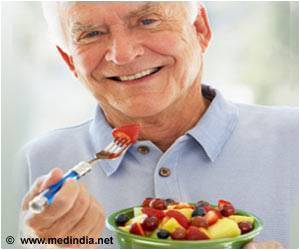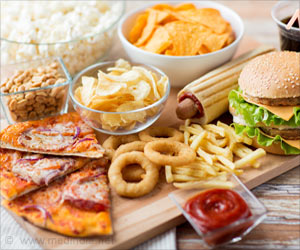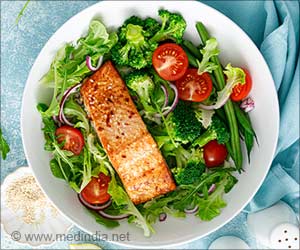A pathologist reveals that the use of food imagery, such as 'beer belly' and 'port wine stain', in identifying the diagnostic features of a wide range of conditions and ailments has a long history.

In a gastronomic tour of some of the many food descriptors used in medicine, the author highlights imagery such as 'anchovy sauce' to describe the pus from a liver abscess, through 'sago spleen' to indicate protein (amyloid) deposits, to 'oat cell carcinoma,' which describes the appearance of a highly aggressive form of lung cancer.
Dairy products feature prominently in the medical lexicon: 'milk patch' describes the appearance of healed inflamed membranes surrounding the heart (rheumatic pericarditis), while café au lait describes the tell-tale skin pigmentation of von Recklinghausen's disease - a genetic disorder characterised by nerve tumours. And 'egg shell crackling' denotes the grating sound indicative of the bone tumour ameloblastoma.
Fruit is also popular, as in 'apple' or 'pear' shape to describe the appearance of fat distribution around the body, or 'strawberry cervix' which indicates inflammation in the neck of the womb brought about by Trichomonas infection.
Water melon, oranges, currant jelly, grapes, and cherry all find their way into visual clues for a range of conditions, while breakfast food imagery is common.
A 'croissant' appearance in a cell nucleus is indicative of a benign growth on peripheral nerves. Similarly, a 'blueberry muffin' rash is characteristic of congenital rubella, while the appearance of a red blood cell is referred to as 'doughnut' shaped.
The author suggests that food descriptors reflect a basic human need for survival, or perhaps the fact that many medical practitioners are forced to grab their meals on the job.
But she adds: "Whatever the genesis, these time honoured allusions have been, and will continue to be, a lively learning inducement for generations of budding physicians."
Source-Eurekalert
 MEDINDIA
MEDINDIA
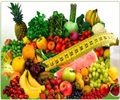
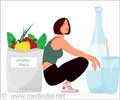

 Email
Email
